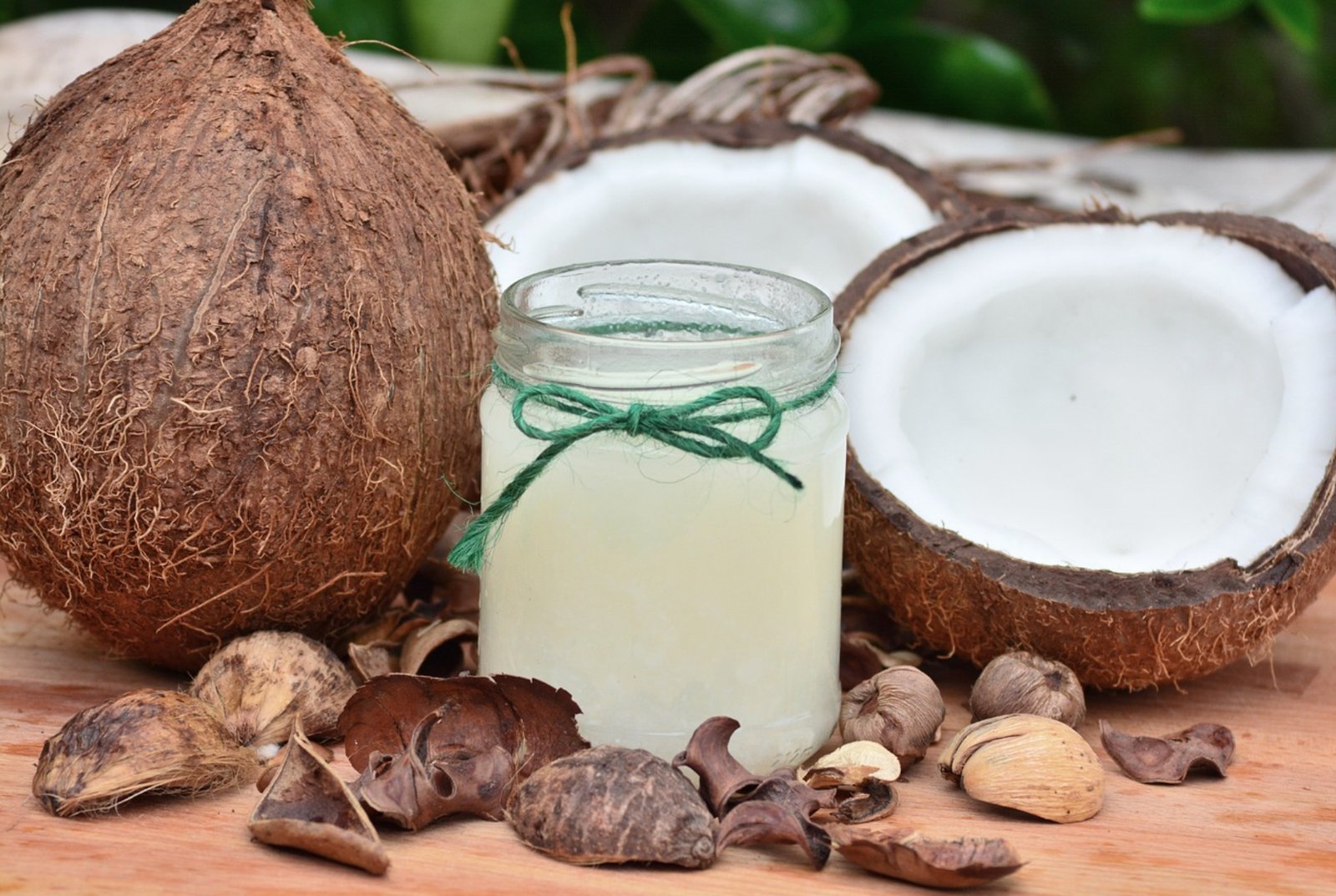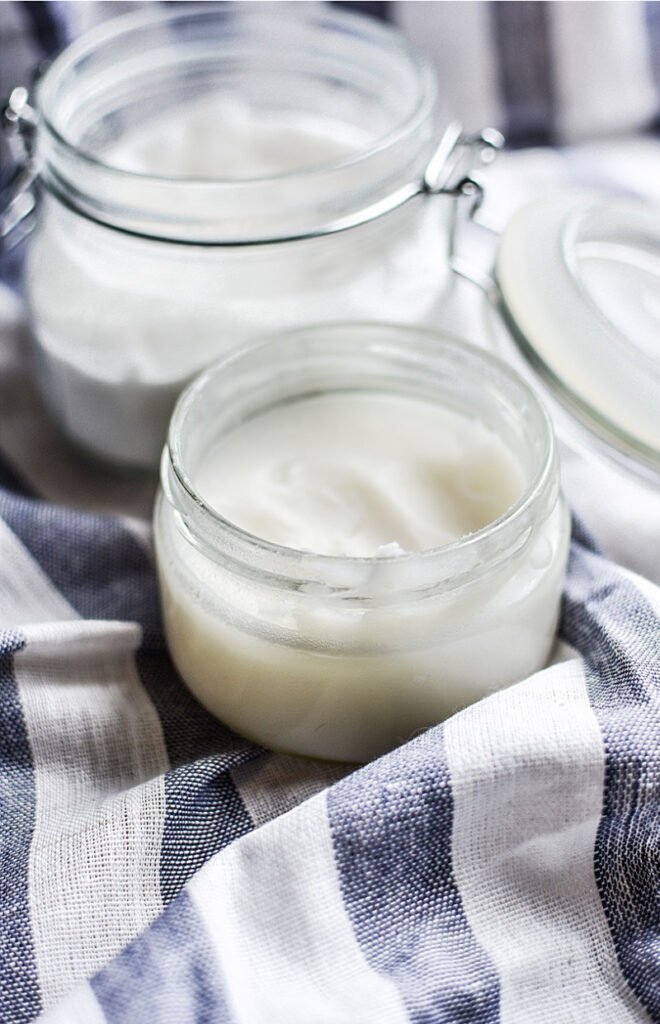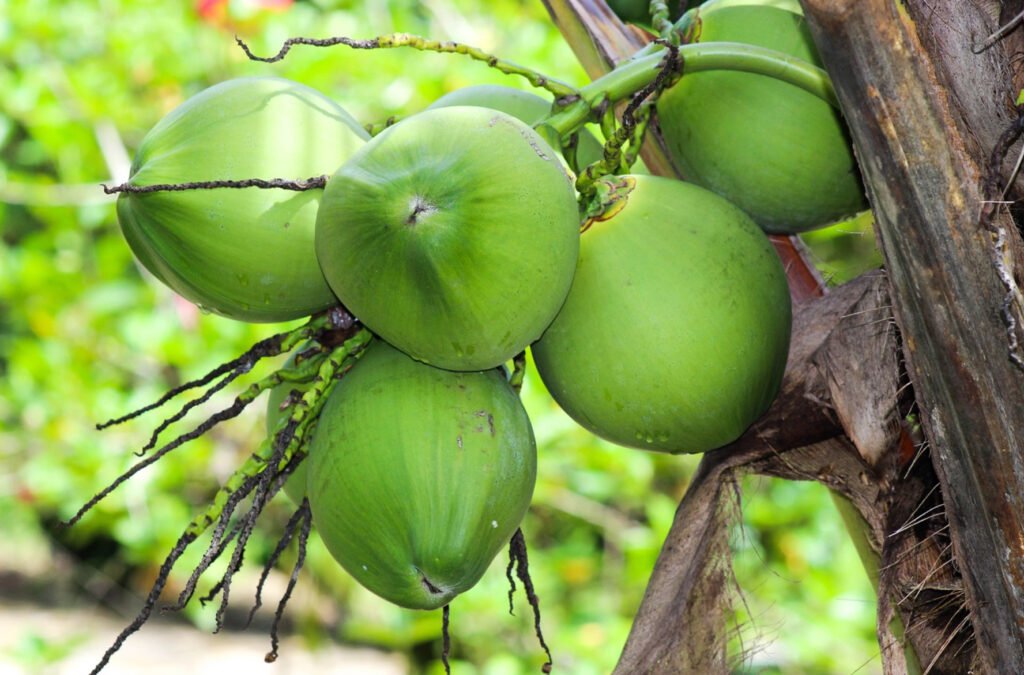coconut oil


What is coconut oil and butter and plant and what’s the benefits and where to find and identify it
“Coconut oil” and “coconut butter” are two products derived from the coconut palm (*Cocos nucifera*), a tropical tree known for its versatility and wide range of uses. Both products are rich in nutrients and have numerous health benefits.
1. What is Coconut Oil?
– Source: Coconut oil is extracted from the meat (white flesh) of mature coconuts harvested from the coconut palm. The extraction process involves pressing the fresh or dried coconut meat to obtain the oil.
– Types of Coconut Oil:
– Virgin Coconut Oil: This is made from fresh coconut meat and is minimally processed. It retains the coconut’s natural flavor and aroma, and it is considered the highest quality coconut oil.
– Refined Coconut Oil: This is made from dried coconut meat (copra) and undergoes more processing, including bleaching and deodorizing. It has a more neutral flavor and is often used for cooking.
– Fractionated Coconut Oil (MCT Oil): This type of coconut oil is processed to separate out medium-chain triglycerides (MCTs), resulting in a liquid oil that remains stable at cooler temperatures.
– Culinary Uses: Coconut oil is used in cooking, baking, and frying due to its high smoke point. It is also a popular ingredient in smoothies and other recipes that benefit from its natural flavor.
2. What is Coconut Butter?
– Source: Coconut butter is made from whole coconut flesh, including the oil and the fiber. The meat is ground into a creamy, spreadable consistency, similar to nut butters.
– Difference from Coconut Oil: Unlike coconut oil, which is just the fat extracted from the meat, coconut butter includes the entire meat, giving it a thicker texture and a richer coconut flavor.
– Culinary Uses: Coconut butter can be used as a spread on toast, added to smoothies, or used in baking and cooking to add a rich coconut flavor.
3. Benefits of Coconut Oil and Butter:
– Health Benefits:
– Rich in Healthy Fats: Both coconut oil and butter are rich in medium-chain triglycerides (MCTs), which are easily digested and can provide a quick source of energy. MCTs are also linked to improved brain function and metabolism.
– Antimicrobial Properties: Coconut oil contains lauric acid, which has antimicrobial properties and can help protect against harmful bacteria, viruses, and fungi.
– Heart Health: While coconut oil is high in saturated fat, some studies suggest that the MCTs in coconut oil may help raise good HDL cholesterol levels and improve heart health when used in moderation.
– Skin and Hair Care:
– Moisturizer: Coconut oil is an excellent natural moisturizer for skin and hair. It helps to hydrate and protect the skin and can be used to treat dry skin, eczema, and other skin conditions.
– Hair Treatment: Coconut oil can be used as a deep conditioner for hair, helping to reduce protein loss, add shine, and improve overall hair health.
– Digestive Health:
– Improves Digestion: The fats in coconut oil can help improve digestion and the absorption of fat-soluble vitamins, minerals, and amino acids.
– Supports Gut Health: The antimicrobial properties of lauric acid can help balance gut flora and reduce inflammation in the digestive tract.
– Weight Management:
– Boosts Metabolism: The MCTs in coconut oil are known to increase energy expenditure, which can help with weight management and fat loss.
4. Where to Find Coconut Oil and Butter:
– Grocery Stores and Health Food Stores: Both coconut oil and coconut butter are widely available in grocery stores, health food stores, and online. They are typically found in the cooking oils or natural foods sections.
– Specialty Stores: Higher-quality, organic, and virgin coconut oils and butters can be found in specialty stores or online retailers that focus on natural and organic products.
5. identifying the Coconut Plant:
– Appearance: The coconut palm is a tall, slender tree that can grow up to 100 feet tall. It has a single, straight trunk topped with a crown of large, feathery leaves that can be up to 20 feet long.
– Fruit: The tree produces large, green, or brown coconuts that contain the edible white flesh and water. The mature coconuts have a hard shell and a fibrous husk.
– Habitat: Coconut palms thrive in tropical climates and are commonly found along coastlines in countries like Indonesia, the Philippines, India, and throughout the Caribbean and Pacific Islands.
Conclusion:
Coconut oil and coconut butter are derived from the coconut palm, a tropical tree known for its nutritious fruit. Both products offer numerous health benefits, including improved metabolism, heart health, and skin and hair care. They are widely available in stores and online, and the coconut palm can be easily identified by its tall, slender trunk and large, feathery leaves.











